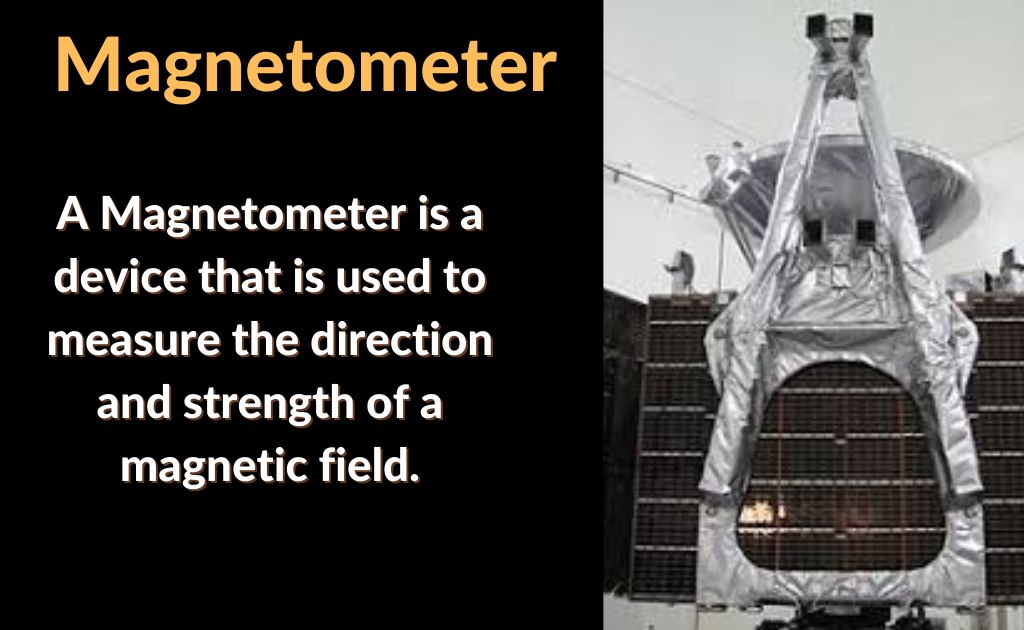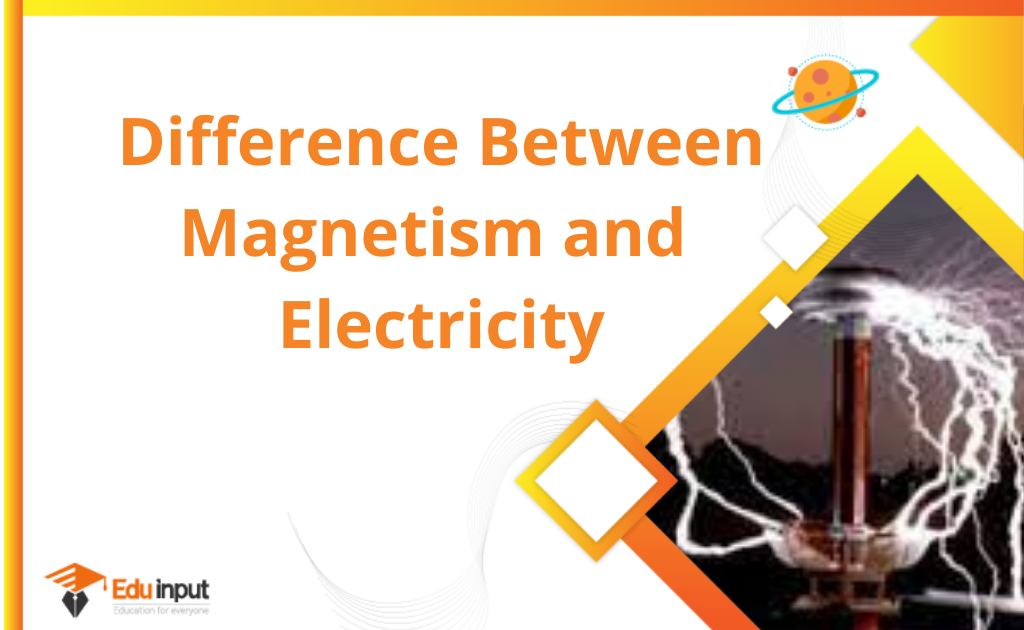Magnetometer-Definition, Types, Calibration, And Applications
A Magnetometer is a device that is used to measure the direction and strength of a magnetic field. A magnetometer is also used to calibrate electromagnets and to determine the magnetization of materials.
Magnetometer
The first magnetometer was invented by Carl Friedrich in 1833 and was capable of measuring the absolute magnetic intensity at a point in space. A notable development made in the 19th century was the Hall effect which is still used widely.
A magnetometer can be used to measure magnetic field or magnetic dipole moment. The direction, strength, and change of a magnetic field can be measured with a number of different types of magnetometers.

The Earth’s magnetic field is measured by a compass, which is an instrument that measures the direction of the magnetic field. Ferromagnetic metals can have a magnetic moment. A magnetic moment of a material can be detected by looking at the magnetic field that the material creates.
Types of Magnetometer
The magnetometers are divided into two types.
- Scalar Magnetometer
- Vector Magnetometer
Scalar Magnetometer
Scalar magnetometers are used to measure the magnitude of the magnetic field. It can not measure the direction of the magnetic field.
Vector Magnetometer
A vector magnetometer is used to measure the vector components of the magnetic field. It can measure the direction and magnitude of the magnetic field.
Calibration of magnetometers
In the calibration of magnetometers, the electric current supplied is usually used to create a magnetic field.
There are three things that can influence the sensitivity of the magnetometer. These are volume, transverse magnetic permeability, and gyromagnetic ratio.
Calibration coils are often used in many applications where accuracy is required. The homogeneity of the coil is an important feature of many applications.
There are many different configurations for Helmholtz coils, so it’s often a good idea to buy multiple Helmholtz coils so that you always have the option to add or remove axes, as needed.
High demands on the homogeneity of the magnetic field demand calibration of the magnetic field. Magnetic field calibration can be performed using a Maxwell coil, cosine coil, or in a highly homogeneous magnetic field of the Earth.
Applications of Magnetometer
Magnetometers can be used in many ways, but most of the time they are used as field survey instruments to locate hazardous or valuable objects. It is sometimes used in coal mines to determine the position of the tunnels.
Heart rate monitors, weapon system positioning, predicting the weather, guiding an automated drill, detecting seismic signals, archaeological studies, plate tectonics, and planetography are some of the applications of the Moon rocks.
The magnetic dipole moment of a sample can be determined by a range of factors, such as temperature, magnetic field, or another factor. Scientists will be able to see what’s happening in the magnets with a new device called a SQUID.
Related FAQs
What is a magnetometer used for?
A magnetometer is used to measure the strength and magnitude of a magnetic field.
What is a magnetometer and how does it work?
Magnetometers are devices that can measure the magnitude or direction of a magnetic field. They are present almost everywhere in electronics. They may be as simple as the one that your smartphone uses to detect whether it is upright or as complex as the one NASA uses to measure the magnetic field of Mars.
Is a magnetometer still used today?
A variety of applications are possible with the use of magnetometers. They’re used to measure the Earth’s magnetic field, in geographical surveys, used by the military to detect submarines, and they’re even used in metal/weapons detectors.
What is a magnetometer used for weapons?
The magnetometer finds ferrous metal targets used in landmines, Improvised Explosive Devices (IED), buried ordnance, other Munitions and Explosives of Concern (MEC), and hidden weapons.

 written by
written by 




Leave a Reply